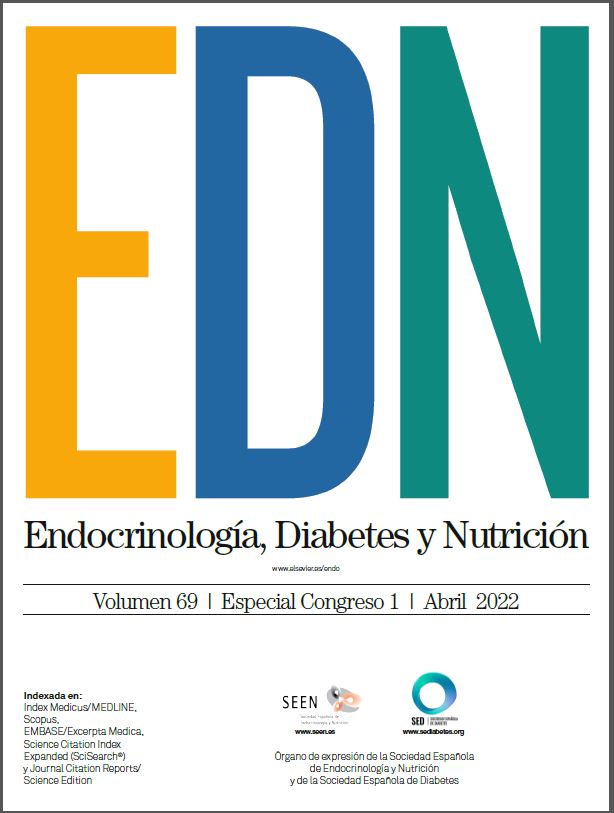CO-018 - HNF1A REGULATES AN ALTERNATIVE SPLICING PROGRAM IN PANCREATIC BETA CELLS
aCentro de Regulación Genómica, Barcelona, Spain. bSection of Genomics and Genetics, Department of Medicine, and National Institute for Health Research (NIHR) Imperial Biomedical Research Centre, Imperial College of London, London, United Kingdom, cCIBER de Diabetes y Enfermedades Metabólicas Asociadas, Barcelona, Spain.
Objectives: HNF1A is an important transcription factor for β-cell function which heterozygous mutation produces Maturity Onset Diabetes of the Young 3 (MODY3), the most common monogenic diabetes in humans. Although MODY3 is well described the molecular mechanism underlying the disease is poorly understood. So far, treatment of MODY3 patients relief the symptoms, however do not target the mechanism nor correct the disease. Therefore, being a life-threatening progressive disease, the discovery of the HNF1A-dependant physiological pathways, HNF1A cell-specific expression profile, molecular mechanisms and potential treatments to correct the disease become therapeutically relevant.
Materials and methods: To unravel the role of HNF1A in diabetes development we created several genetic murine and human models including pancreas and β-cell specific Hnf1a-deficient mice, HNF1A-deficient human cell lines (EndoC-βH3) and pancreatic islets derived from human pluripotent stem cells (SC-islets). Hnf1a-deficient mouse islets and EndoC-βH3 cells transcriptional and splicing profile was evaluated by RNAseq and scRNAseq. Additionally, to evaluate insulin secretion in HNF1A-deficient models, a combination of in vivo, dynamically and static in vitro GSIS was assessed in mouse and human models.
Results: We observed that, in mice, Hnf1a deletion specifically in the pancreas and β-cell recapitulate the previously described diabetic phenotype of Hnf1a germinal knockout mice. Additionally, we identified that Hnf1a regulate a plethora of transcriptional programs such as alternative splicing, an important process that increases biological diversity by producing different isoforms of a protein with different functions from a single gene. Hnf1a directly controls the expression of alternative splicing factors which regulate the expression of the different isoforms of an amino acid transporter. In mouse models, deletion of Hnf1a results in a downregulation of splicing regulators and the consequent abnormal splicing of the aminoacid transporter which caused impairment of insulin secretion in response to the insulinotropic amino acid arginine, both in vivo and in vitro. Moreover, targeting HNF1A or splicing factor genes using CRISPR/Cas9 or transfecting splicing-switching oligonucleotides to alter the expression of the different aminoacid transporter isoforms in EndoC-βH3 and SC-islets resulted in a profound alteration of aminoacid transporter isoforms ratio that negatively impacted arginine-induced insulin secretion in vitro.
Conclusions: In this study we provided insight into the tissue and cell-specific role of HNF1A, showing that this transcription factor is critical for the physiology and function of the pancreatic β-cell. Moreover, we identified that, both in mouse and human, HNF1A controls a transcriptional program that is partially responsible for the correct sensing and insulin secretion of the pancreatic β-cell. This study presents a novel HNF1A-controlled pathway that might be genetic or pharmacologically targetable to improve β-cell function and ameliorate MODY3 and/or Type 2 diabetes.







